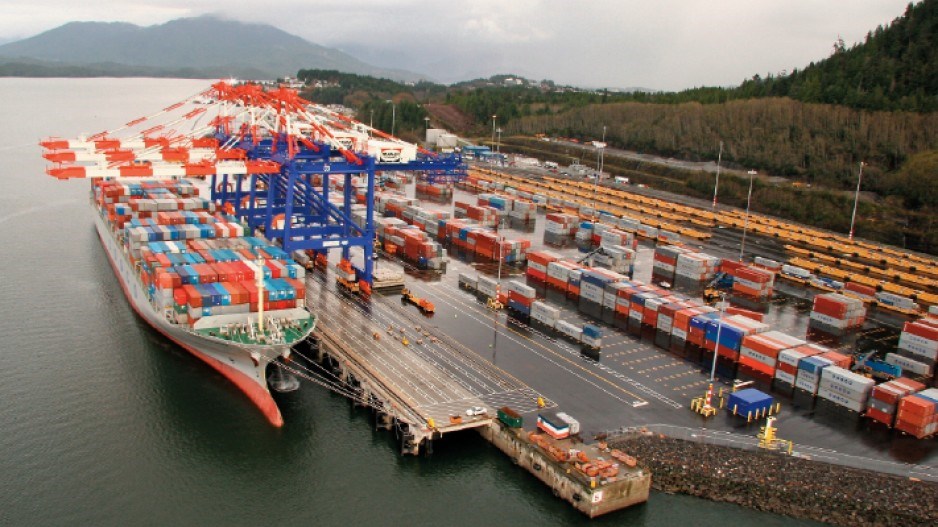Canada’s export development agency has a very bullish prediction for exports in 2016, and it’s based on a theory that plunging commodity prices — combined with the effect of quantitative easing — actually signify the return of world demand.
Export Development Canada is predicting 7% growth in exports in 2016, following 2015’s dismal 1% decline, largely caused by plunging oil prices.
Much of the forecast is based on indications the U.S. economy is growing in several key areas: housing, consumer demand and business investment.
“Businesses are really plunging money into their business in a way we haven’t seen in the last 6 or 7 years,” said Peter Hall, chief economist for Export Development Canada.
Unlike many economists, Hall sees an upside to the low commodity prices that have let to shuttered mines, job losses and investment decision delays.
“We believe that the drop in commodity prices is more related to the return of world growth than the drop in growth,” Hall said.
“Normally when the market goes in for a belly landing like it has it’s because the world is weakening.
“What we see at the moment is a coincidence of lower commodity prices and higher world demand.”
The reason, Hall says, is the unusual effect of quantitative easing, the extraordinary financial stimulus measure put in place by the Unites States Federal Reserve following the financial crisis of 2008.
Commodity prices started to crumble at the same time the Federal Reserve started to gradually throttle back on quantitative easing. Hall believes that was no coincidence.
“We believe that when the liquidity came on the marketplace it pushed its way to the margins where the high-yield instruments were,” Hall said. “This money’s lying around and nobody’s using it. Corporations were under the gun to get a return for this, and ultimately where they found a return was on the periphery of the market.”
They found it largely in the stock markets, bonds, currencies and commodities of emerging markets such as China, India, Brazil and Russia.
“One of the ways we were able to see this was happening was commodites, usage was low we just weren’t shipping as much of this stuff, secondly, inventories were high and rising and thirdly prices were strong,” Hall said.
“If the extra liquidity’s been keeping commodity prices high, the very moment commodity prices come down is when they start reeling in [quantitative easing].”
Quantitative easing is ending, and the United States is expected to finally raise interest rates, because the world economy is growing again, Hall said.
Hall also expects to see a modest rebound in commodity prices, including in oil, in 2016. Even that modest increase will provide a boost to those hard-hit sectors, he said.
@jenstden




